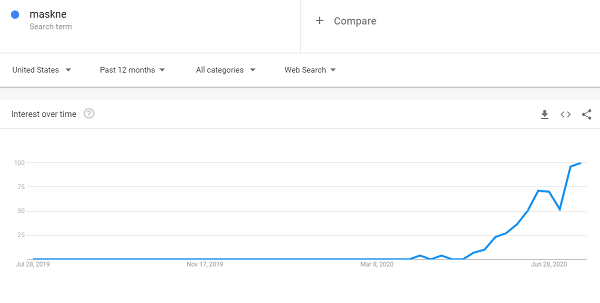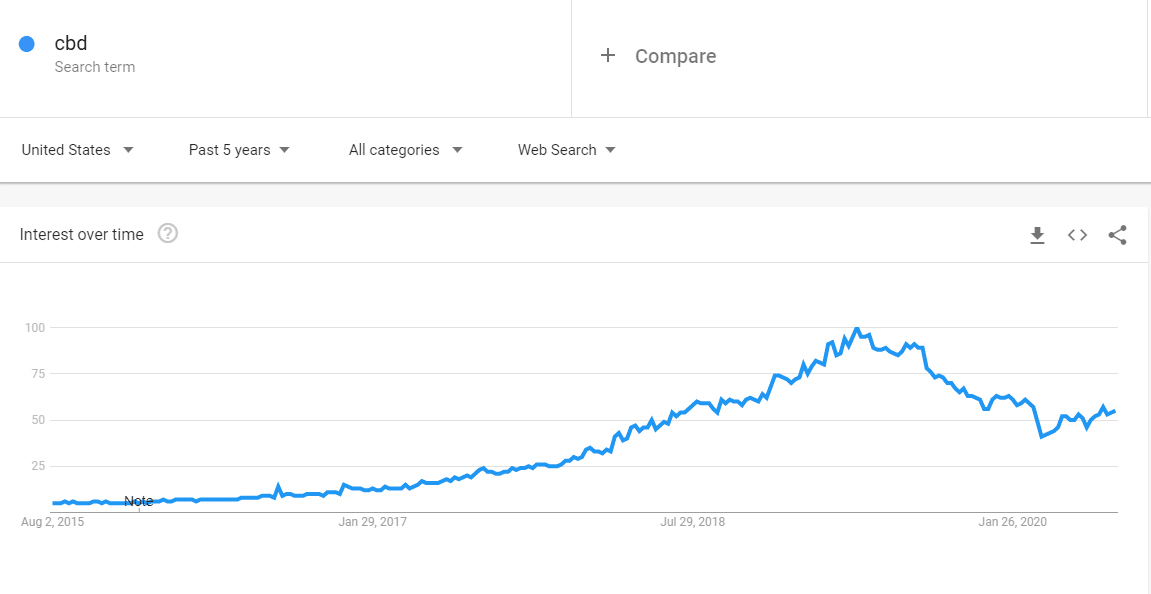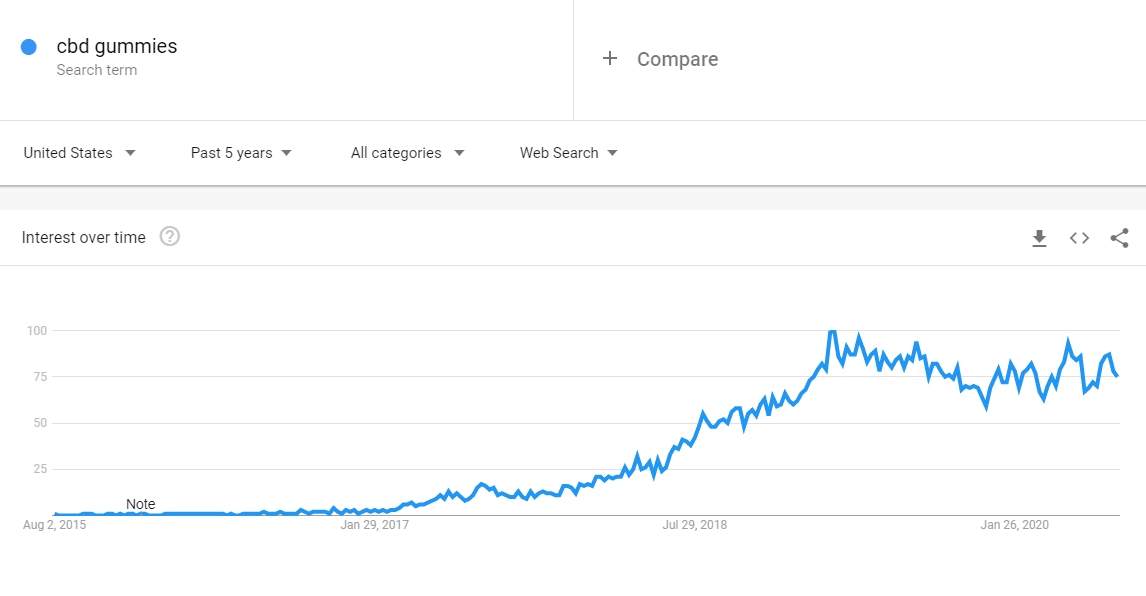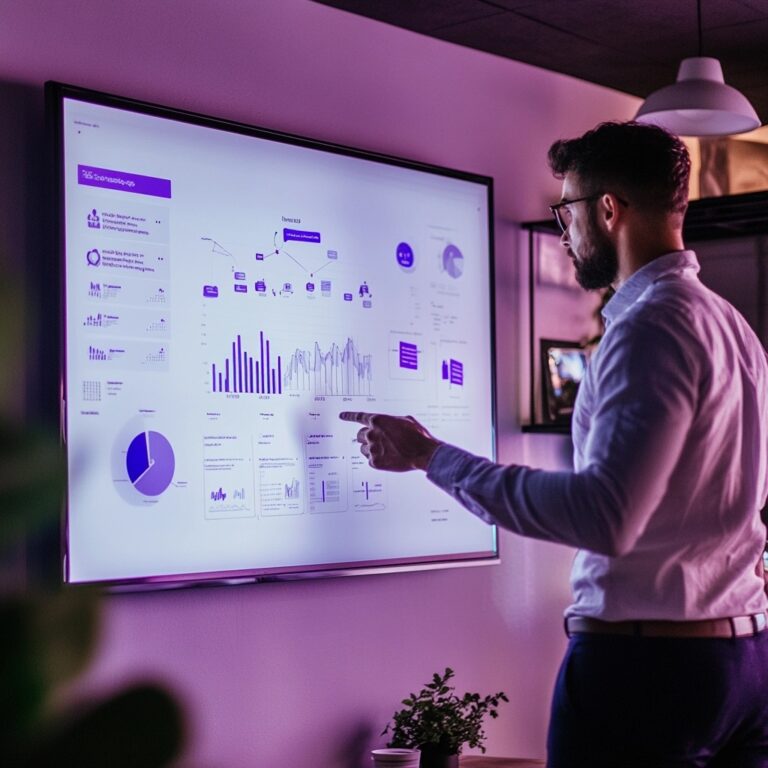What to Expect When You’re Declining: Understanding Shifting Search Volume with COVID-19

“Whereof what’s past is prologue; what to come, in yours and my discharge.”
Shakespeare, The Tempest
One of the oft-quoted phrases of your average American high school literature class?
Absolutely.
And, unlike a lot of what we’re taught in school, it’s actually not that far off the mark. Shorten it down to the meat of the matter:
“What’s past is prologue” — in short, history sets the stage for the present. One must understand, appreciate, and learn from the past to predict the future.
But while Shakespeare was certainly no stranger to plagues, pandemics, and pustules, a stranger to Google, COVID, and search volumes he absolutely would be.
What’s Changed?
Pre-COVID, things made sense.
Search volumes changed, to be sure, but relatively slowly and with more obvious trends. Pre-COVID, Shakespeare was right — the past was prologue, because the past was right there in front of us. We had, at our fingertips, a wealth of data that stretched back years, largely uninterrupted, that we could use to inform our decisions moving forward.
Any SEO company worth their salt knows the value of the blessed duo of search volume and keyword ranking.
- Search volume — the estimated number of searches, usually calculated on a monthly basis
- Keyword ranking — the average ranking in SERP for which your website appears for a given search query
And, together, search volumes and keyword rankings provide the basis for most (though certainly not all) organic traffic.
Combined with the click-through rate metric of your choice, you have the Holy Trinity of organic traffic — search volume, ranking, CTR.
There the story should end (but it doesn’t).
Because the first part of this equation falls apart in a time of COVID-19.
“Me, poor man, my library,
Was dukedom large enough.”
Prospero, The Tempest
Prospero would have been a terrible SEO.
For those struggling to remember their plays of yesteryear, a quick refresher: Prospero is the rightful Duke of Milan, ousted by his usurping brother and exiled to a small island.
He pursues knowledge unerringly and — most importantly — spends his time locked away in his library, his own little world, ignoring the rest of his practical duties. He doesn’t pay attention to the world outside the walls he built around himself.
And, as a result of his willful ignorance of the world around him, he loses everything.
Relying on outdated, outmoded data (like pre-COVID search volumes) is an exercise in futility. Much like Prospero and his library, every SEO or digital marketing agency that is using 12-month rolling estimations for search volume is in for a rude awakening:

An extreme example? Of course.
But not one without merit.
The impact of COVID-19 is not only seen on search volumes, but also search volume trends and the strategic pivots that many businesses have been forced to make in response to the pandemic. Imagine a business selling commercial water filters to office spaces — not much of a market in a world where offices are mostly closed!
But when that same company orients itself toward the consumer market — faucet filters and such — it becomes vital to present a business case that is not reliant on third-party search volume tools (which are guaranteed to take months to respond to changes in rolling averages).
Like Prospero, SEOs need to think outside the walls of our traditional tools and datasets. Consider the industries in which you operate and use empathy — you work for a client, not Google.
Yet search volume doesn’t alone tell the full story. Yes, we know that search volumes have been askew since COVID-19 hit. But what about traffic? How reliable is our treasured, beloved data taken straight from the Source of All Things: Google Analytics?
Short answer: Not as much as you think.
Just ask Bilbo.
(Not) Understanding Analytics
“I don’t know half of you half as well as I should like; and I like less than half of you half as well as you deserve.”
J.R.R. Tolkien, The Fellowship of the Ring
Now, Bilbo would have made an excellent SEO.
First off, Bilbo knows what he knows. Granted, he’s talking about his sycophantic neighbors and relatives, but life is about the small victories. That’s a given.
Second, he isn’t afraid to admit that his knowledge is incomplete. He doesn’t know what he doesn’t know (which is fair) and he realizes that he’s operating off incomplete information. Then again, it’s hard to tell — he’s a hobbit.
Bilbo’s lesson in mind, let’s turn to Analytics.
Historical data in Analytics is just that — historic. Old. Pre-COVID. Like Prospero, we need to think outside the confines of our self-imposed restrictions. There are no guarantees that the historic trends, insights, and data from pre-COVID apply to our current times.
And, assuming they apply at all, they certainly do not apply in a 1:1 ratio!
Bilbo got this. If he were an SEO, he’d be aware that we need to be cognizant of what data we are analyzing with COVID in the mix. He wouldn’t know the new data as half as well as he should like, and he certainly wouldn’t pull his punches.
For example, say you’re looking to develop some basic organic search forecasting. Analyze some trends and so-on.
Try this on for size:

See that red line? That means your previous data might as well be from a different planet — it just doesn’t apply anymore.
Sure, basic seasonality and what-not might still work, but, on the whole, we’re all dealing with two core datasets: one pre-COVID, one during.
“[…] We must avoid clinging to the edifice of a decadent past.”
Chancellor Sutler, V for Vendetta
Sutler might be onto something here.
For years, us SEOs have been rather spoiled. While the days of seeing “(not provided)” in Analytics show no signs of abating, there is no denying that we have access to more (and better) tools, platforms, and information than ever before.
Sure, we saw spikes in industry-specific keywords. CBD is a great example of this — from its height in Q2 2019 to present, we’ve seen a diaspora of CBD-related keywords across different long-tail variants:

To this:

But, in the end, things went up, things went down, and surprises weren’t really all that surprising.
In a time of COVID, we can’t rest on our laurels like we did in times past. Clinging to outmoded, outdated datasets and analytics from years ago and assuming those lessons apply in full to the present is a great way to end up like Prospero — sitting on a lonely island, plotting your revenge as clients sail on by.
Takeaways
“We are such stuff /
As dreams are made on”
Prospero, The Tempest
So what does all this mean to a practical SEO?
First, do your damn research. What was true in January might not be true in July, and what was true in mid-March might not be true in September.
Check out “telehealth”:

Anyone operating in the telehealth space had a field day in early-mid March. There was an explosion of interest in telehealth and virtual appointment services and many thought this was obviously heralding a paradigm shift in the way people viewed medical services.
Fast forward a few months and, while search interest is still elevated, the prophesized meteoric rise in telehealth as an independent, viable business model has fallen rather flat.
Now, that doesn’t mean that this revolution still won’t happen (in some fashion). It also doesn’t mean that a ~4x increase in search interest for a given term still isn’t impressive — but it shows that you need to work with your clients to see where they are having success. Maybe you work with a nationwide chain of physical rehab clinics and they went all-in on telehealth during COVID…only to find that the conversions just weren’t there.
Always suggest strategies that can yield results for your clients or business. That said, do your due diligence and know when to stop recommending something.
Second, view your Analytics data with a wary eye. Don’t promise the world to your clients when you see a 2, 3, 5, or 10x increase in organic traffic in a time of COVID. Understand that search patterns are shifting — more people than ever are looking for stuff they weren’t searching for prior to COVID, but that doesn’t mean that the growth is sustainable.
Understand that your trends in the past are not the trends of today, and the trends of today are likely to be completely outdated in a few months’ time.
Third, let us turn to Sancho Panza — erstwhile squire & loyal companion (and lord of proverbs) of Don Quixote — for inspiration:
“Make yourself into honey and the flies will eat you up.”
Miguel de Cervantes, Don Quixote
See, Bilbo and Sancho would have been great friends.
Don’t be afraid to admit you don’t know the answer.
And, more importantly, don’t dress up your ignorance just to be a Yes Man. People know.
What’s Past is (Not Always) Prologue
These are uncertain times.
No one knows if current trends will continue into the fall, let alone the winter. No one knows what Q4 will look like, whether ongoing economic uncertainty will depress holiday sales, or what will happen after the New Year.
We can always look ahead, but looking back means viewing our historical data with a discerning eye.
Not all that happened in the past will translate to a prediction in the future.
In other words, Shakespeare might not be as right as our high school English teachers led us to believe.
Sources:
- SearchEngineLand – The Importance Of Monthly Versus Rolling Average Search Volume
- SEMrush – How does Organic Traffic Insights identify the (not provided) keywords from Google Analytics?
- Forbes – CBD Market Could Reach $20 Billion By 2024, Says New Study
- Shakespeare – The Tempest
- Bits and bobs of The Fellowship of the Ring, V for Vendetta and Don Quixote
Our Editorial Standards
Reviewed for Accuracy
Every piece is fact-checked for precision.
Up-to-Date Research
We reflect the latest trends and insights.
Credible References
Backed by trusted industry sources.
Actionable & Insight-Driven
Strategic takeaways for real results.




